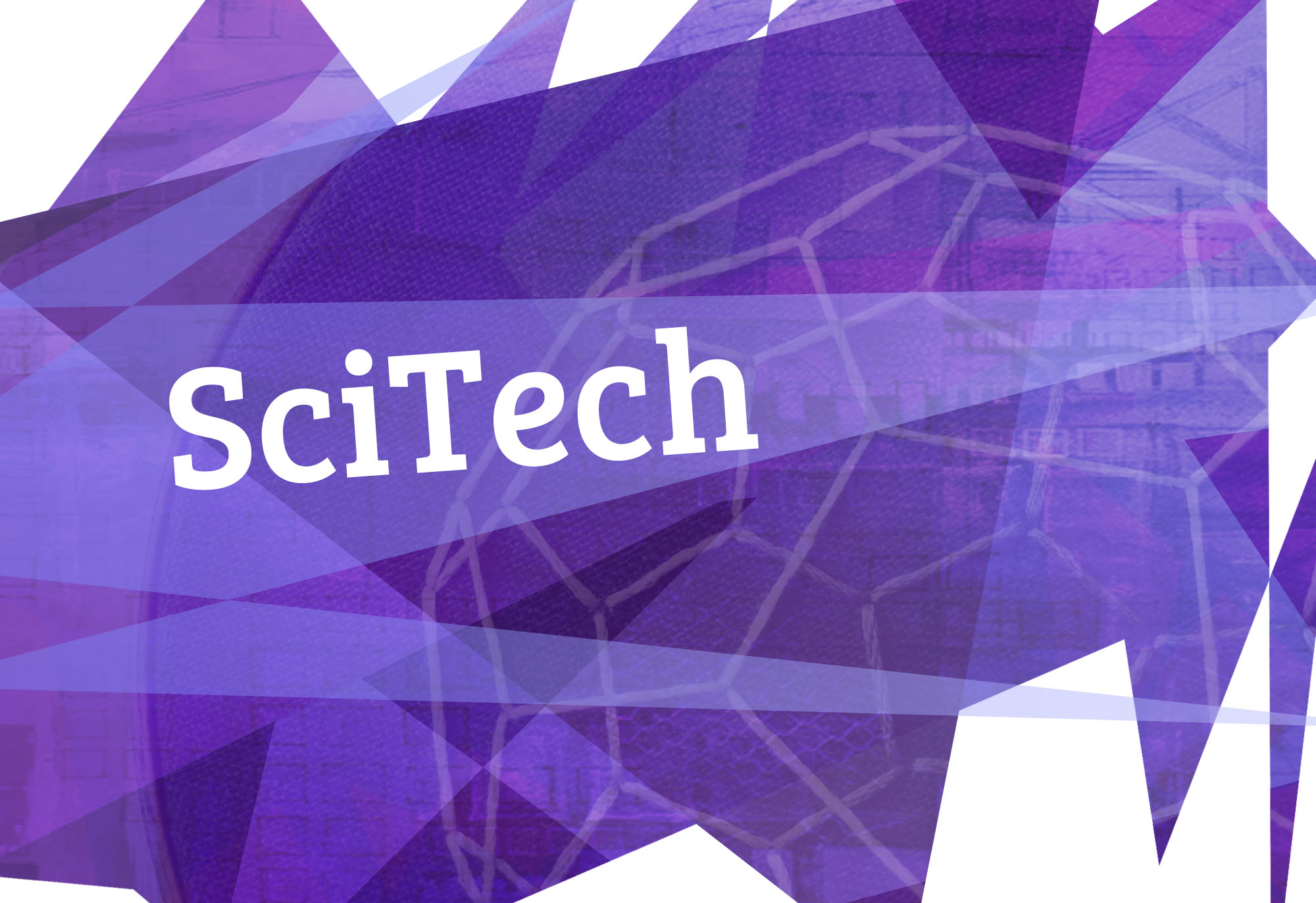On March 18, the McGill Journal of Law and Health hosted a discussion panel titled “Patenting Genetic Materials: Biotechnology and Intellectual Property Law.” Richard Gold, from the Centre for Intellectual Property Policy at McGill University, and Julie Richer, a doctor at Children’s Hospital of Eastern Ontario (CHEO), discussed the threats of U.S. gene patents on the medical diagnosis of long QT syndrome (LQTS) in Canadian hospitals, and what Canada can do to fight back.
Long QT syndrome and diagnosis
Long QT syndrome is a rare inherited disorder that causes abnormal heart beats, and affects three-and-a half to seven million people per year, 80 per cent of which are children. When properly diagnosed, it can be preventable. CHEO used to be able to provide full diagnosis, but is now severely restrained by the unrestricted flow of U.S. genetic patents entering Canada.
“[Gene patenting] is in direct opposition with what the public interests may be.”
There are 13 genes that contribute to long QT syndrome, and CHEO used to provide medical diagnosis by sequencing all the long QT genes without restraint. However, it is now unable to do so because five of the thirteen genes have been patented by a group of organizations in the U.S., chiefly led by the University of Utah, Genzyme – a biotechnology company in Massachusetts – and Yale University. For these 5 genes, both their genetic sequence and the method of diagnosis for those sequences are patented. If the organizations with those patents wished solely to monetize their patented technologies, then the problem would only be a financial one. However, they are also refusing to share information, thus forcing those wishing to undergo full diagnosis to do so at appointed places in the U.S..
Even if CHEO accidentally stumbles upon the patented genes during sequencing, they cannot report the diagnosis to the patients. Richer, as well as other doctors at CHEO, can circumvent this problem by scanning for snippets of genes rather than full gene sequences. And though this method can be fairly useful, it can by no means be an adequate replacement for proper medical diagnosis.
The Liberal government of Ontario did not resist when these U.S. organizations sought to exert their genetic patent claims here. But Gold believes that challenging the patents in Canada will be successful – firstly, because CHEO is presenting a concrete case of the adverse consequences of genetic patents on long QT diagnosis, and secondly, because of Canada’s vested interest in public health, which is threatened by gene patenting.
Methods of gene patenting
Moreover, Gold and Richer argued that there are strong counterarguments involving the methods used for patenting.
There are two ways through which long QT genes can be patented. In the first, the gene itself is patented. For this to be done, the patented gene must be artificially isolated and artificially constructed. Gold argued that long QT is a naturally occurring gene, and cannot adequately fit in either camp.
Richer agreed, stating that “DNA is discovered, not invented. […] I don’t like the idea of someone else owning a part of me.”
“DNA is discovered, not invented. […] I don’t like the idea of someone else owning a part of me.”
In the second, the method of diagnosing a gene is patented. In order to challenge this type, Gold argued that “all the power is in the interpretation,” noting that the patents can be interpreted to apply only to an old method of diagnosis. Thus, while it is a valid patent, it does not cover newer technologies in the market today that can do the same job. If the companies interpret their patent as applying to the concept of gene sequencing in general, rather than to a specific method, Gold argued that the patents would be invalidated because abstract concepts cannot be patented.
Massimo Orsini, co-host of the panel and first-year Law student, spoke to the Daily about his concerns with the tension between private patents and the public at large. “[Gene patenting] is in direct opposition with what the public interests may be. […] One of the things we need to figure out is what public benefit means and what its relation to patents is, particularly [a patent] that is shown to hinder innovation and accessibility to health care.”
“It’s the role of students, biologists, lawyers, and practitioners to realize these tensions and work through them together.”

